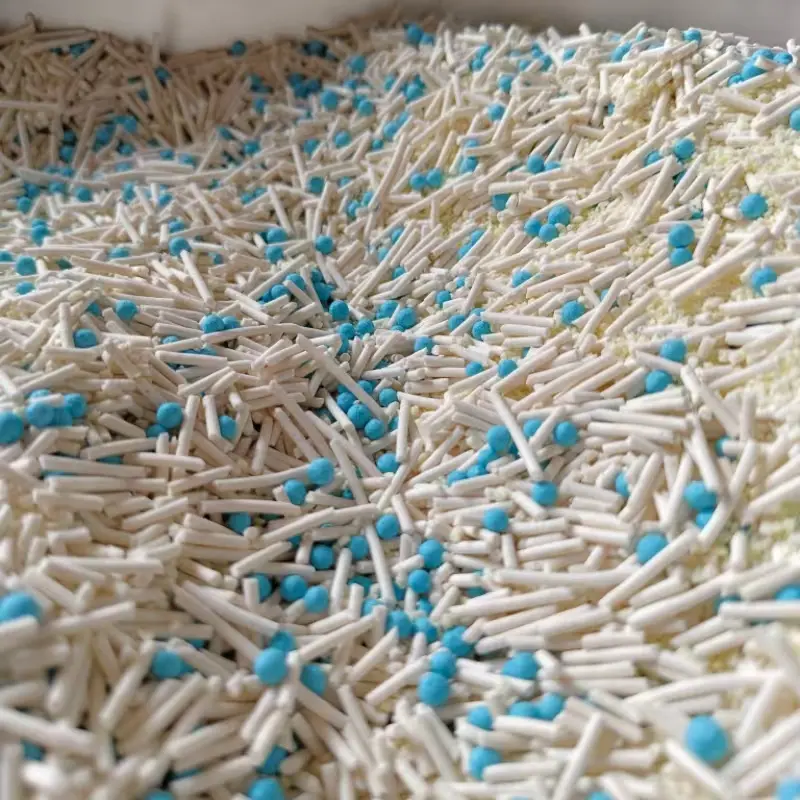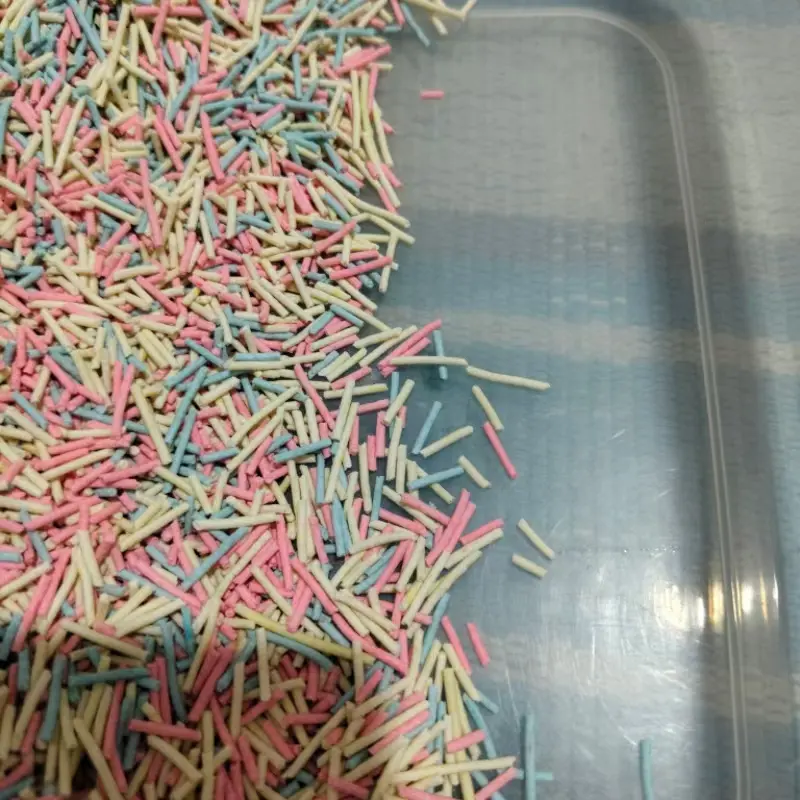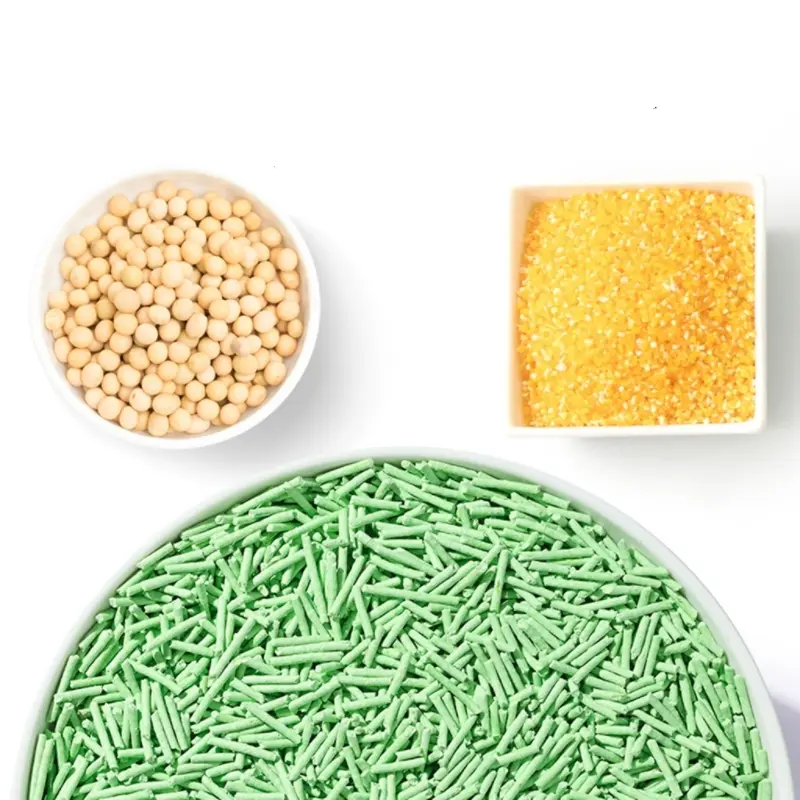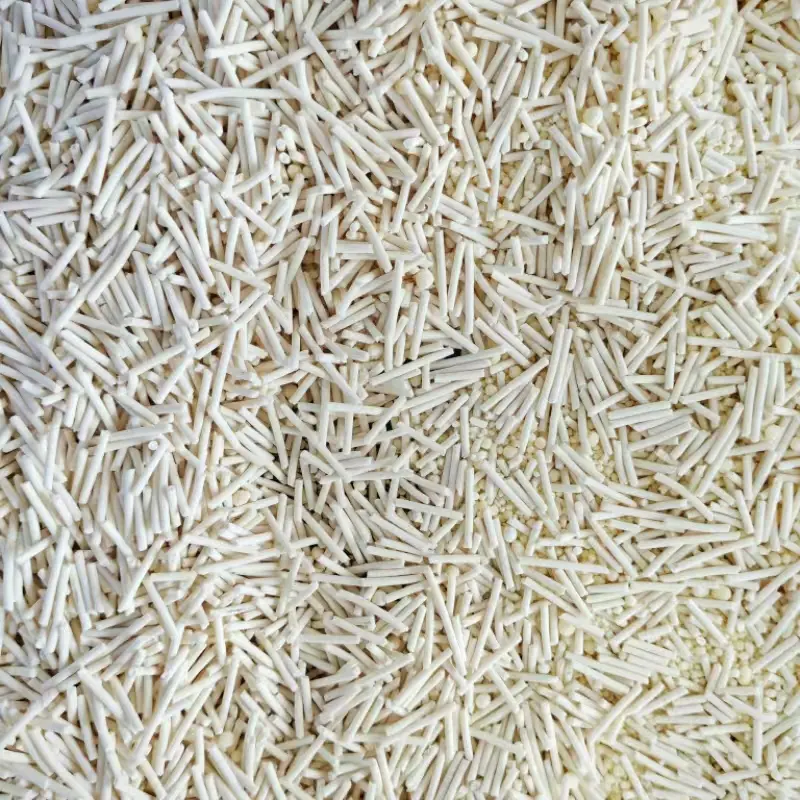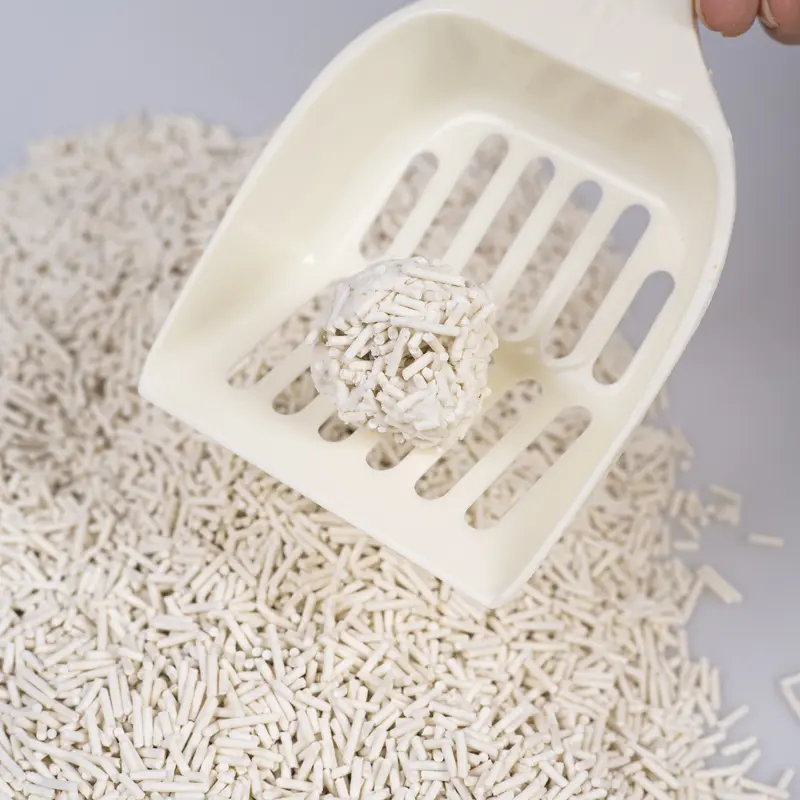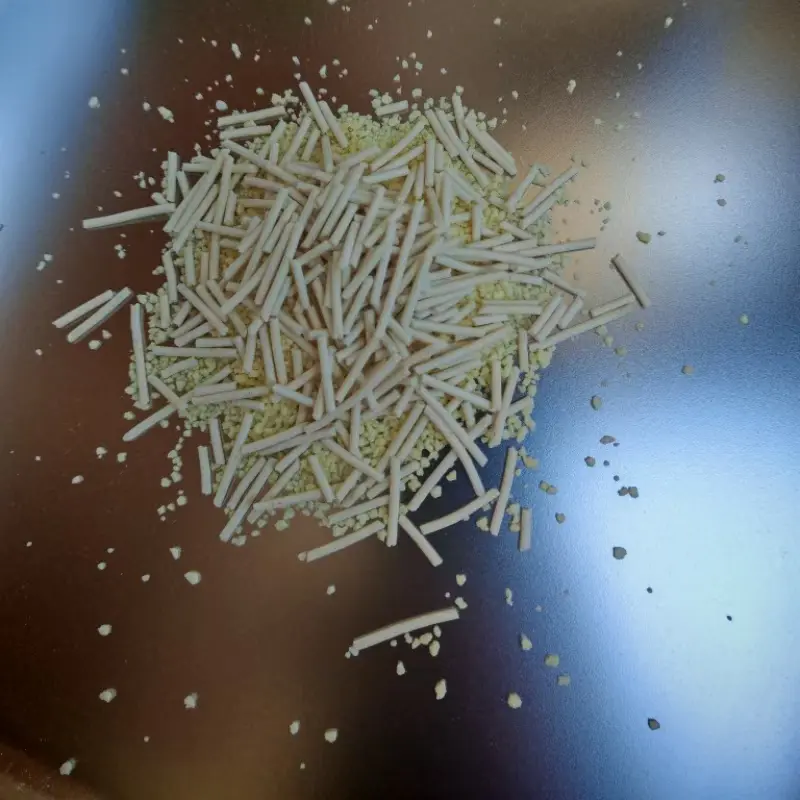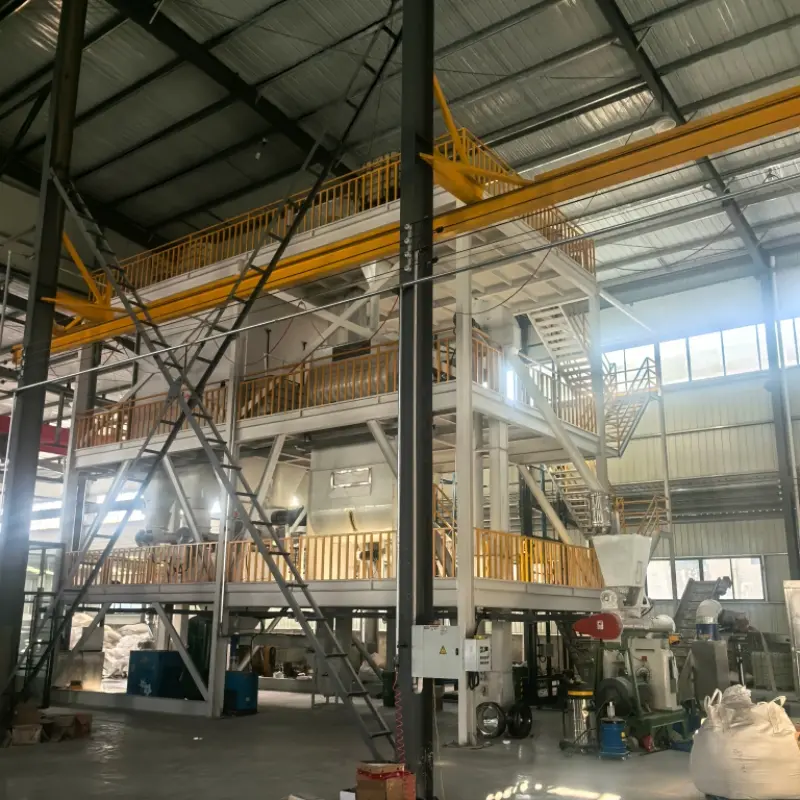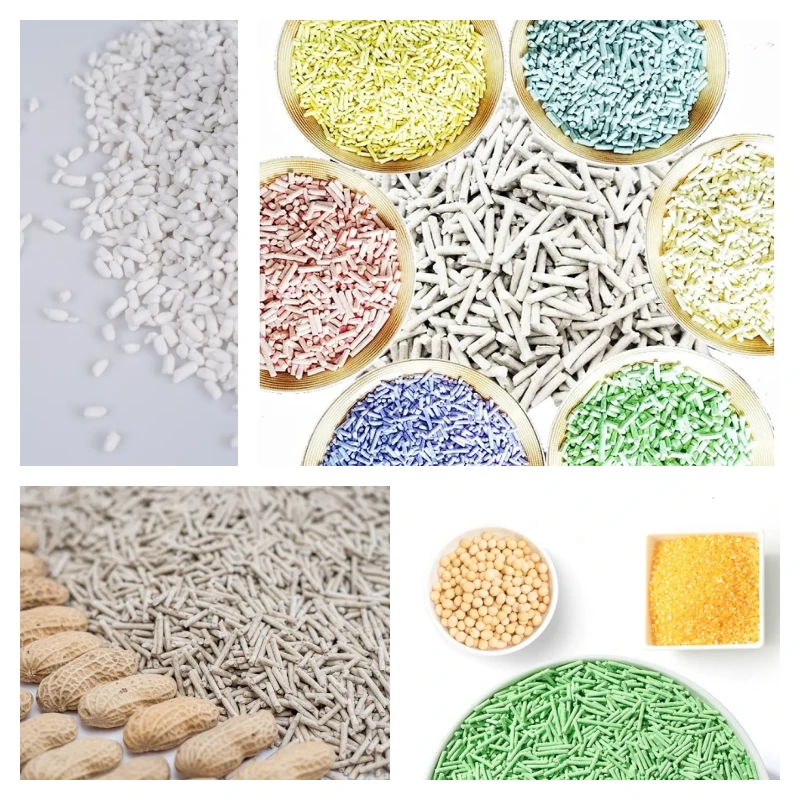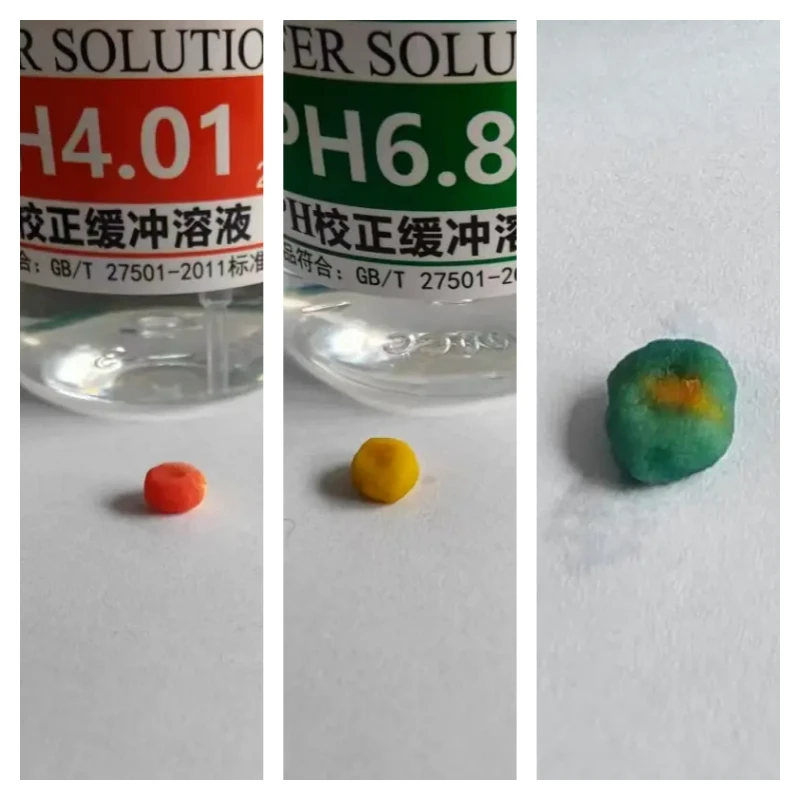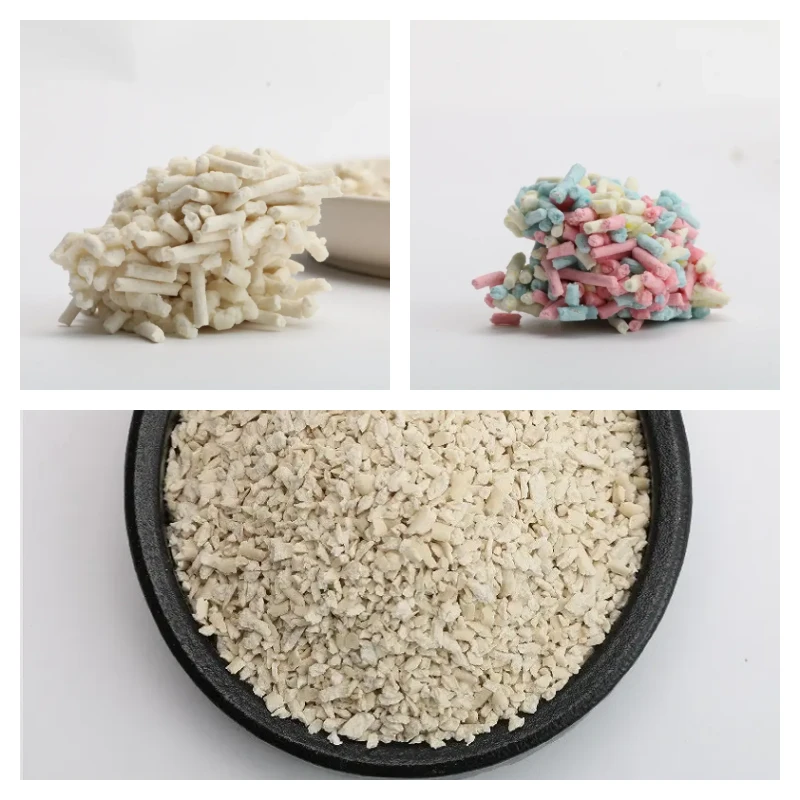What is Cereal cat litter?
Cereal cat litter refers to a type of cat litter made from natural cereal grains, such as corn, wheat, barley, or other similar materials. It's an eco-friendly alternative to traditional clay-based or silica-based cat litters.
The litter is typically created by recycling or repurposing leftover cereal grains. These grains are processed into small granules that have excellent absorbent properties, effectively soaking up moisture and trapping odors.
Cereal-based cat litter is often biodegradable and compostable, making it an environmentally friendly choice for cat owners who prefer more sustainable options. Additionally, some cereal-based litters clump when they come into contact with moisture, making it easier to scoop and clean the litter box.
One common advantage of cereal cat litter is its natural ability to absorb odors, helping to keep the litter box area fresher for a longer time. However, like any type of cat litter, its effectiveness can vary depending on the brand and specific formulation.
Before switching to cereal cat litter, it's essential to consider your cat's preferences and any potential allergies or sensitivities they might have. Some cats may have preferences for specific textures or may be allergic to certain grains, so it's advisable to introduce new litter gradually.
Overall, cereal cat litter can be an eco-friendly and effective choice for cat owners seeking a natural, biodegradable, and odor-controlling option for their cat's litter box
Cereal cat litter, made from natural materials such as wheat bran, straw, rice, and more, offers several advantages and disadvantages. Here's an overview of the pros and cons of using cereal cat litter:
Pros:
Biodegradability:
Cereal cat litters are biodegradable, making them environmentally friendly and suitable for composting.You can flush it into your toilet or bury it in your garden as fertilizer.No need extra work to dispose them.
Clumping Ability:
Cereal litters form clumps when they come into contact with moisture or cat waste, which makes scooping and cleaning the litter box easier.To be important, it will be non-sticky and no extra work to clean your litter box or scoops.And keep your house fresh.
Odor Control:
Cereal-based litters have good natural odor control properties, helping to neutralize and control unpleasant smells.The natural grain fibre can absorb the odors effciently and release a natural grain scent after it contract with mositure to cover the odors.No need to add perfume in it to cover the odors
Renewable Resources:
Cereal-based litters typically use renewable resources like corn straw,wheat straw,corn strach,pea fibre, making them more sustainable compared to non-renewable resources used in traditional litters.Most of these materials are waste, it can use it well to make it into cereal cat litter.
Flushable Options:
Cereal litters are designed to be flushable, providing a convenient and sanitary disposal option.It can be dissolved into water very quickly, so it can be flushed into your toilet.And it also depends on your local policy.
Dust Levels:
Cereal cat litters have lower dust levels compared to certain clay litters, reducing potential respiratory irritation.It is a dust free product and be healthy for your cat.
Low protein
As most of the materials are low protein, it is very difficult to go mouldy even if you use it in summer and can't scoop the soiled clumps from litter box. But for tofu cat litter, it needs to be scooped every day to prevent the clumps going mouldy.
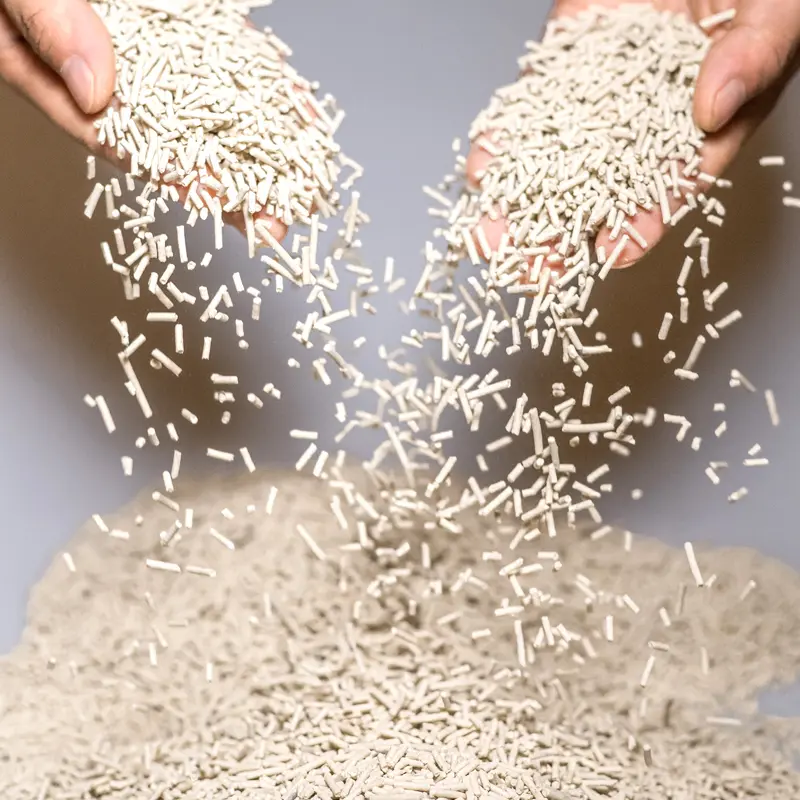
Cereal cat litter is a dust free product, it will be good for your cat's respiratory system and keep your house clean.
Cons:
Tracking:
Cereal-based litters can be lightweight, leading to tracking issues where the litter is carried outside the litter box on your cat's paws. But if you chose a right diameter of pellets. it can help to solve this problem.Usually diameter 2mm is the good option to solve the tracking problem.
Expensive:
In some cases, cereal cat litters can be more expensive than traditional clay litters, affecting the overall cost of cat care.But as it is new plant-based cat litter, it offered more benefits for the cat and cat owners than traditional clay litters.
Attractiveness to Pests:
The nature of cereal litter may attract pests like insects or rodents, especially if the litter box is placed in an outdoor or less-controlled environment.But if you used them in a clean envirmonet, there will be no such problems.
Clumping Variability:
The clumping ability can vary among different brands and types of cereal cat litters. Some may not form as solid clumps as traditional clay litters.To solve this problem, Gelin Town Pet developed a new formula to make it clumps hard and it can be scooped from litter box easily.
Availability:
Cereal-based litters might not be as widely available as traditional litters, limiting choices depending on your location. But as more and more people concerned about the enviromental protection, it is welcomed by many customers. So there is a huge potential market if you can promote it in your local market well.
When considering a cereal-based cat litter, it's essential to weigh the pros and cons based on your cat's preferences, your budget, and any specific environmental or health considerations. Additionally, experimenting with small amounts initially can help you determine how well the litter suits your cat and your household.
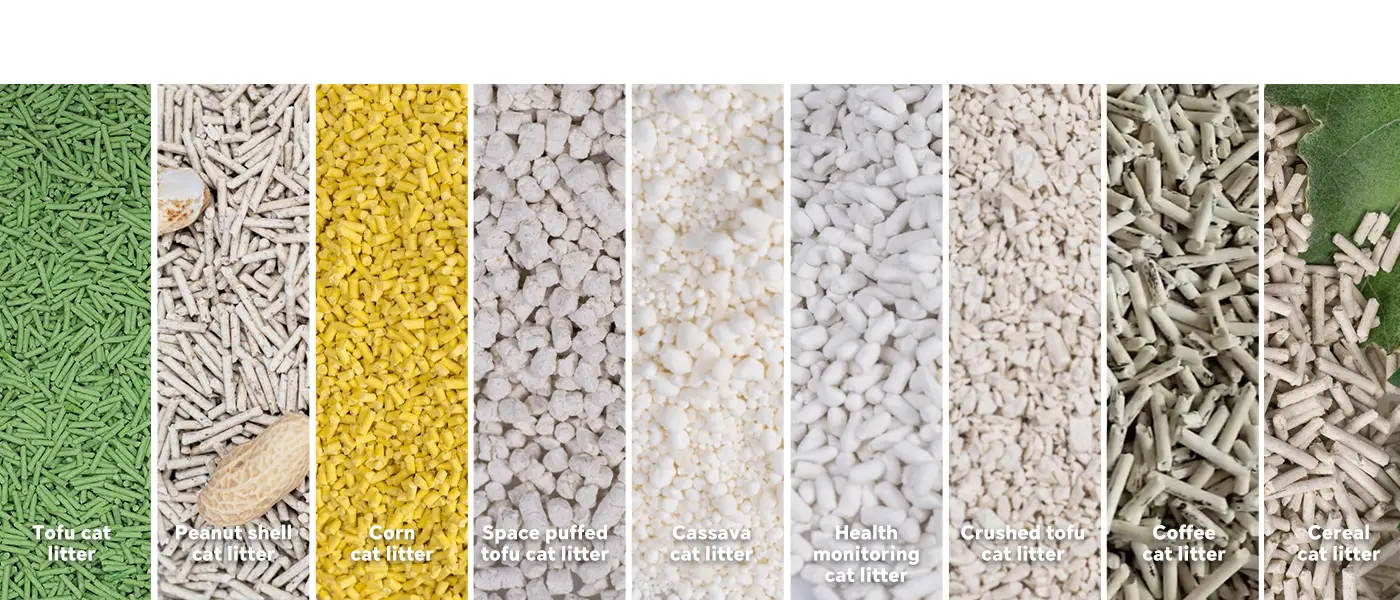
What are the Pros and Cons if you use cereal cat litter as a product to start a business?
Using cereal cat litter as a product for starting a business has its own set of advantages and disadvantages. Here are the pros and cons:
Pros:
Eco-Friendly Appeal: Cereal cat litter is often biodegradable and compostable, appealing to environmentally conscious consumers seeking sustainable options.
Odor Control: Many cereal-based litters have excellent odor-absorbing properties, keeping the litter box area fresher for longer periods, which is a significant selling point.
Clumping Ability: Some cereal cat litters clump when exposed to moisture, making it easier to scoop and clean, enhancing convenience for cat owners.
Potential Market Niche: In some regions, there might be a growing market demand for eco-friendly and natural cat litter options, providing a niche market to cater to.
Variety and Innovation: Cereal-based litter allows for innovation in formulations, potentially allowing differentiation through various grain combinations and additional odor-control additives.
Cons:
Cat Preference: Cats can be picky about litter textures and scents. Some cats may not readily adapt to cereal-based litter, affecting sales if the product is rejected by a significant number of feline users.
Cost Consideration: Depending on the manufacturing process and the sourcing of materials, cereal cat litter might have higher production costs compared to conventional clay-based litters, potentially impacting pricing and profit margins.
Competition: Established brands in the cat litter market might pose a challenge. Competing against well-known and trusted brands can be difficult, especially when introducing a new product.
Limited Awareness: If the concept of cereal cat litter is relatively new or less known in the market, significant efforts in marketing and education might be necessary to create awareness and generate interest among consumers.
Supply Chain Challenges: Sourcing consistent and quality cereal grains for manufacturing might pose supply chain challenges, especially in maintaining product consistency and reliability.
Starting a business based on cereal cat litter can be promising due to its eco-friendly nature and potential market demand. However, it's essential to conduct thorough market research, consider production costs, address potential challenges, and devise a robust marketing strategy to ensure success in a competitive industry.
Gelin Town Pet is a factory specilizing in producing kinds of plant-based cat litter.They have their own formula to make the cereal cat litter works well. If you are a brand owner or distributor, and intend to develop a new plant-based cat litter, you can try cereal cat litter. Contact the sale dept. and ask for a free sample to test it.

